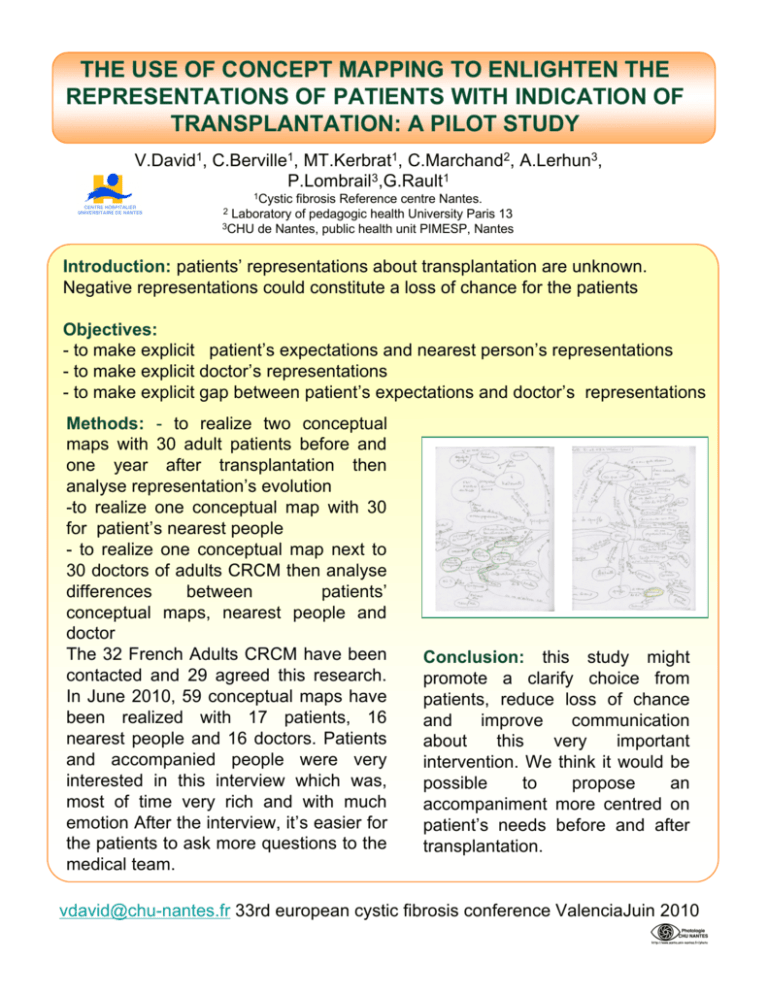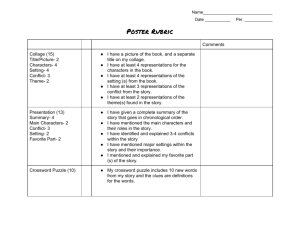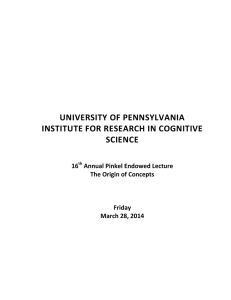DAVID 2 MAI2010
advertisement

THE USE OF CONCEPT MAPPING TO ENLIGHTEN THE REPRESENTATIONS OF PATIENTS WITH INDICATION OF TRANSPLANTATION: A PILOT STUDY V.David1, C.Berville1, MT.Kerbrat1, C.Marchand2, A.Lerhun3, P.Lombrail3,G.Rault1 1Cystic fibrosis Reference centre Nantes. Laboratory of pedagogic health University Paris 13 3CHU de Nantes, public health unit PIMESP, Nantes 2 Introduction: patients’ representations about transplantation are unknown. Negative representations could constitute a loss of chance for the patients Objectives: - to make explicit patient’s expectations and nearest person’s representations - to make explicit doctor’s representations - to make explicit gap between patient’s expectations and doctor’s representations Methods: - to realize two conceptual maps with 30 adult patients before and one year after transplantation then analyse representation’s evolution -to realize one conceptual map with 30 for patient’s nearest people - to realize one conceptual map next to 30 doctors of adults CRCM then analyse differences between patients’ conceptual maps, nearest people and doctor The 32 French Adults CRCM have been contacted and 29 agreed this research. In June 2010, 59 conceptual maps have been realized with 17 patients, 16 nearest people and 16 doctors. Patients and accompanied people were very interested in this interview which was, most of time very rich and with much emotion After the interview, it’s easier for the patients to ask more questions to the medical team. Conclusion: this study might promote a clarify choice from patients, reduce loss of chance and improve communication about this very important intervention. We think it would be possible to propose an accompaniment more centred on patient’s needs before and after transplantation. vdavid@chu-nantes.fr 33rd european cystic fibrosis conference ValenciaJuin 2010









